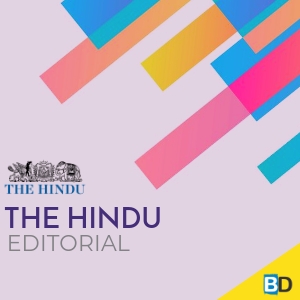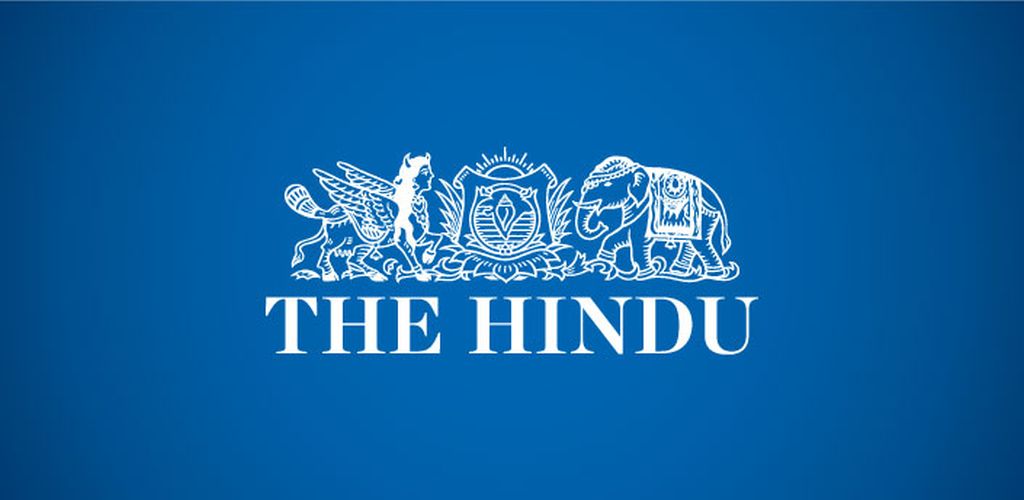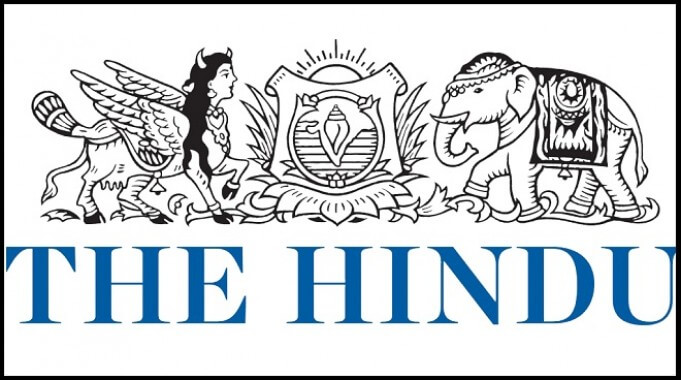Editorial – The SC’s clarification on the use of Aadhaar gives the government space for key reforms
Want to Become a Bank, Central / State Govt Officer in 2020?
Join the Most awarded Coaching Institute & Get your Dream Job


Now Prepare for Bank, SSC Exams from Home. Join Online Coure @ lowest fee
Lifetime validity Bank Exam Coaching | Bank PO / Clerk Coaching | Bank SO Exam Coaching | All-in-One SSC Exam Coaching | RRB Railway Exam Coaching | TNPSC Exam Coaching | KPSC Exam Coaching
The SC’s clarification on the use of Aadhaar gives the government space for key reforms
The Supreme Court’s oral observations on Monday regarding the use of Aadhaar numbers by the government are significant, for they alter the narrative and potential scope of the ambitious (having or showing a strong desire and determination to succeed) unique identification programme. While reiterating(say something again or a number of times) its position that no beneficiary of a welfare schme shall be denied benefits due to her for want of an Aadhaar number, a Bench led by Chief Justice J.S. Khehar said the government is free to “press” for Aadhaar for ‘non-welfare’ transactions or activities. These include filing income tax returns, opening bank accounts or getting a mobile phone connection. This assumes(suppose to be the case, without proof) significance as the government announced two such changes over the past week itself. First, it included amendments(a minor change in a document) to the Finance Bill of 2017, now approved by the Lok Sabha, making Aadhaar mandatory for all applications for PAN (Permanent Account Number) cards and filing of income tax returns. Earlier, following the surge (a sudden powerful forward or upward movement) in bank deposits after the demonetisation of high-value currency notes, the Income Tax Department had already asked banks to ensure that all savings bank accounts are seeded with PAN details by the end of February. The only exemptions(the process of freeing or state of being free from an obligation or liability imposed on others) to this norm are the no-frills savings accounts such as those opened under the Pradhan Mantri Jan Dhan Yojana. Effectively, this means that all other new savings bank accounts will require an Aadhaar number. And last week the Department of Telecommunications directed all telecom service providers to re-verify the credentials (a qualification, achievement) of their nearly 100 crore subscribers through an Aadhaar – based,electronically authenticated Know Your Customer process within a year.
While the Supreme Court’s observations do not amount to a judicial order, they dispel some of the ambiguity (uncertainty or inexactness of meaning in language) relating to the scope, even future, of Aadhaar. In its interim order in October 2015 the court made it clear that the Aadhaar scheme cannot be made mandatory till the matter is finally decided “one way or the other”. But it has set the stage for the 12-digit Unique Identification (UID) numbers being used as the basic identity proof for all residents. As Finance Minister Arun Jaitley has pointed out, biometrics captured under the Aadhaar enrolment process will ensure no individual can hold more than one PAN card to evade tax dues. Those concerned (relate to) about privacy may be right about the need for an effective law to ensure that private data aren’t misused. But tagging this concern solely to the UID programme is short-sighted. In an age where data are stored in electronic form, it is possible to collate vast amounts of information from various databases ranging from applications for passports, driving licences, ration cards, and more. The apex court is yet to decide on whether Aadhaar violates the right to privacy. Meanwhile, savings from weeding out ghost beneficiaries (a person who derives advantage from something) have begun to pay off the investment on building the now 111-crore strong Aadhaar database. But the Centre must not stretch the leeway granted by the court.






